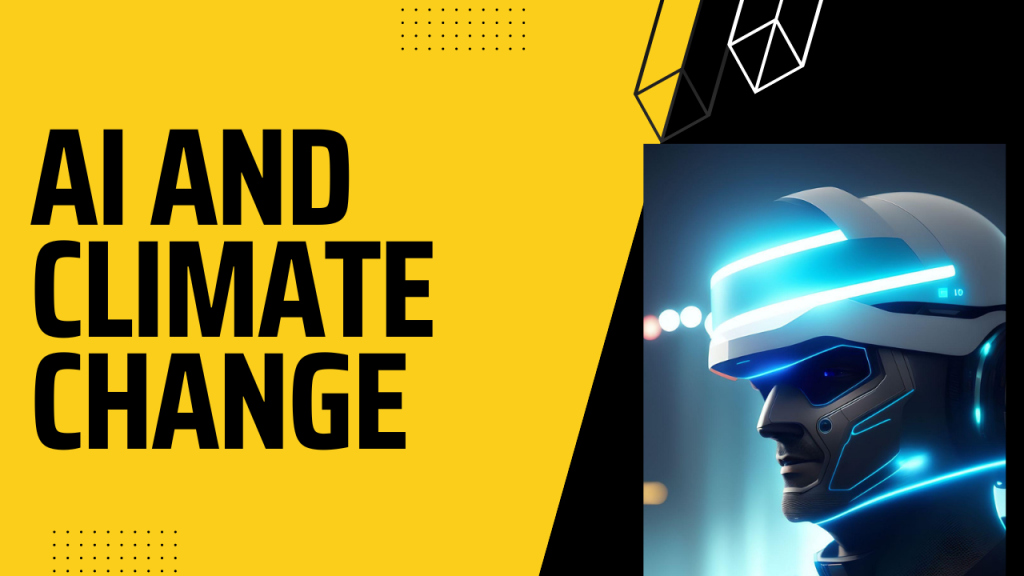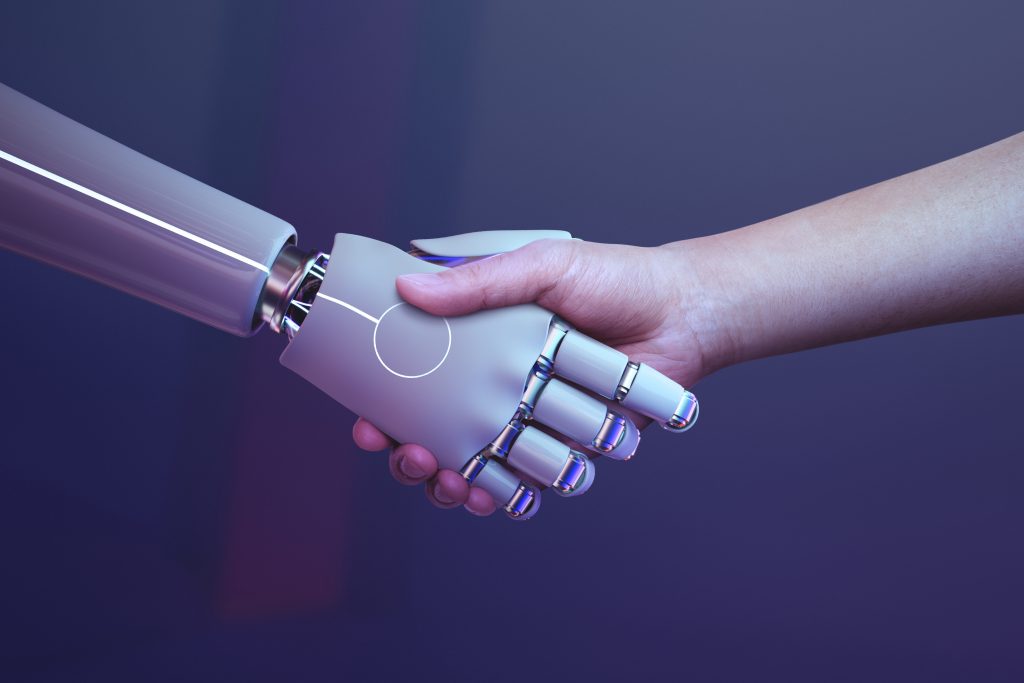
AI and Climate Change
AI and Climate Change: Exploring the Role of Artificial Intelligence in Environmental Solutions
In a world where climate change is becoming an increasingly pressing concern, innovative solutions are needed to mitigate its effects. Enter artificial intelligence (AI), a powerful tool that has the potential to revolutionize how we address environmental challenges. In this article, we will delve into the ways AI is being used to combat climate change, including climate modeling, energy optimization, and carbon footprint reduction.
Table of Contents
Introduction
Understanding Climate Change
The Role of AI in Climate Modeling
Energy Optimization through AI
Reducing Carbon Footprints with AI
Challenges and Ethical Considerations
The Future of AI and Climate Change
Conclusion
FAQs
Introduction
Climate change is no longer a distant threat but a global crisis that demands immediate attention. Rising temperatures, extreme weather events, and the depletion of natural resources are just a few of the challenges we face. However, in the midst of this crisis, AI offers a glimmer of hope.
Understanding Climate Change
Before we explore the role of AI, it’s essential to understand the intricacies of climate change. This section will provide a brief overview of the causes and consequences of global warming.
The Role of AI in Climate Modeling
AI is instrumental in creating more accurate climate models, helping us predict weather patterns, track rising sea levels, and anticipate climate-related disasters. We’ll delve into the details of how AI is enhancing our understanding of the climate.
Energy Optimization through AI
Efficient energy use is crucial in reducing our carbon footprint. AI is being used to optimize energy consumption in various sectors, from manufacturing to transportation. Discover how AI-driven solutions are making our world more energy-efficient.
Reducing Carbon Footprints with AI
Carbon emissions are a significant contributor to climate change. AI is playing a pivotal role in identifying areas where emissions can be reduced, from smart cities to sustainable agriculture. Explore the innovative ways AI is helping us combat carbon emissions.
Challenges and Ethical Considerations
While AI offers promising solutions, it also presents challenges and ethical dilemmas. We’ll discuss the potential pitfalls and considerations when implementing AI in the fight against climate change.
The Future of AI and Climate Change
What does the future hold for the synergy between AI and climate change mitigation? This section explores upcoming trends and innovations that could shape our response to environmental challenges.
Conclusion
In conclusion, AI is not just a technological marvel; it’s a lifeline in our battle against climate change. Its applications in climate modeling, energy optimization, and carbon footprint reduction are transforming how we address environmental issues.



